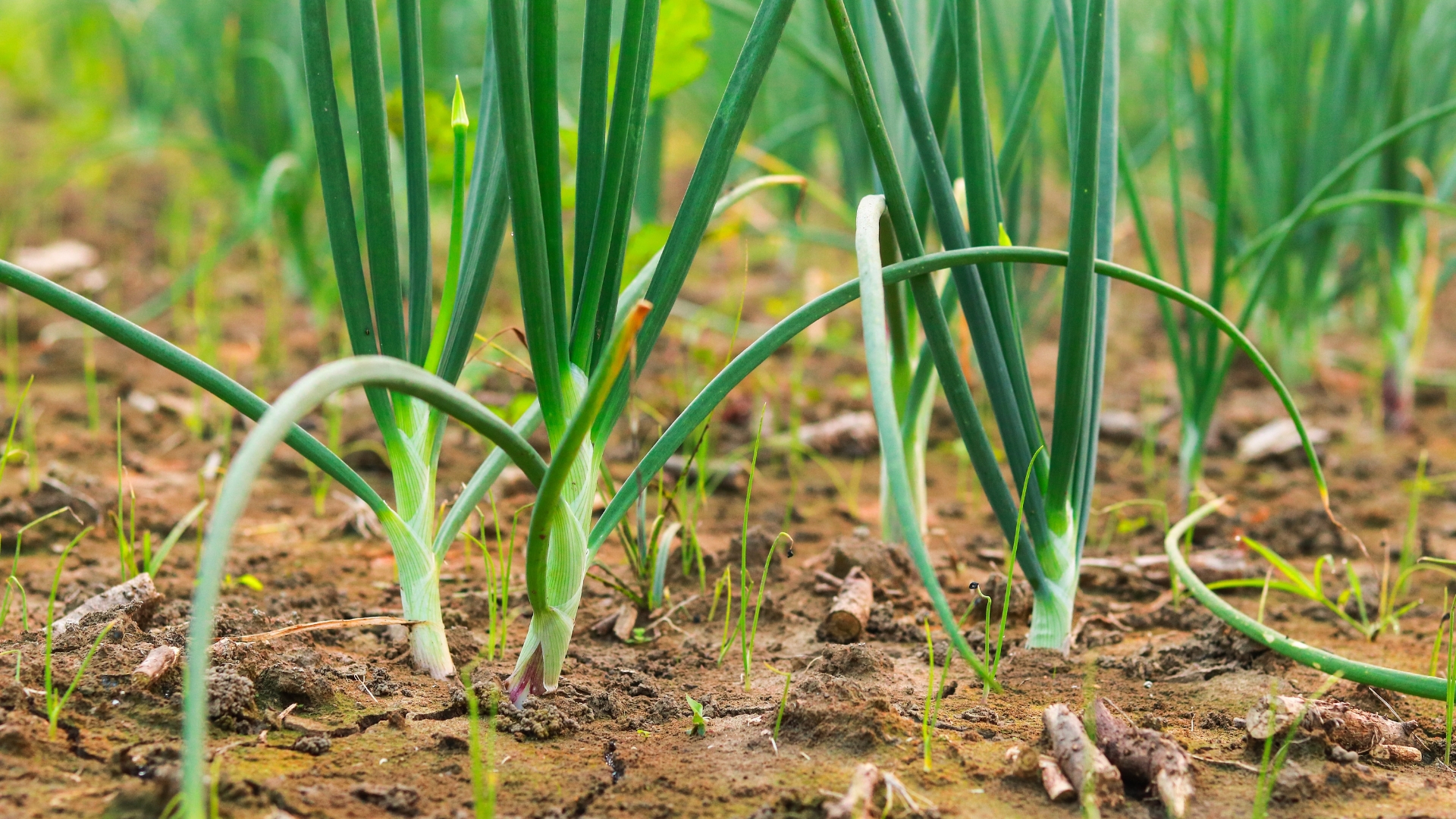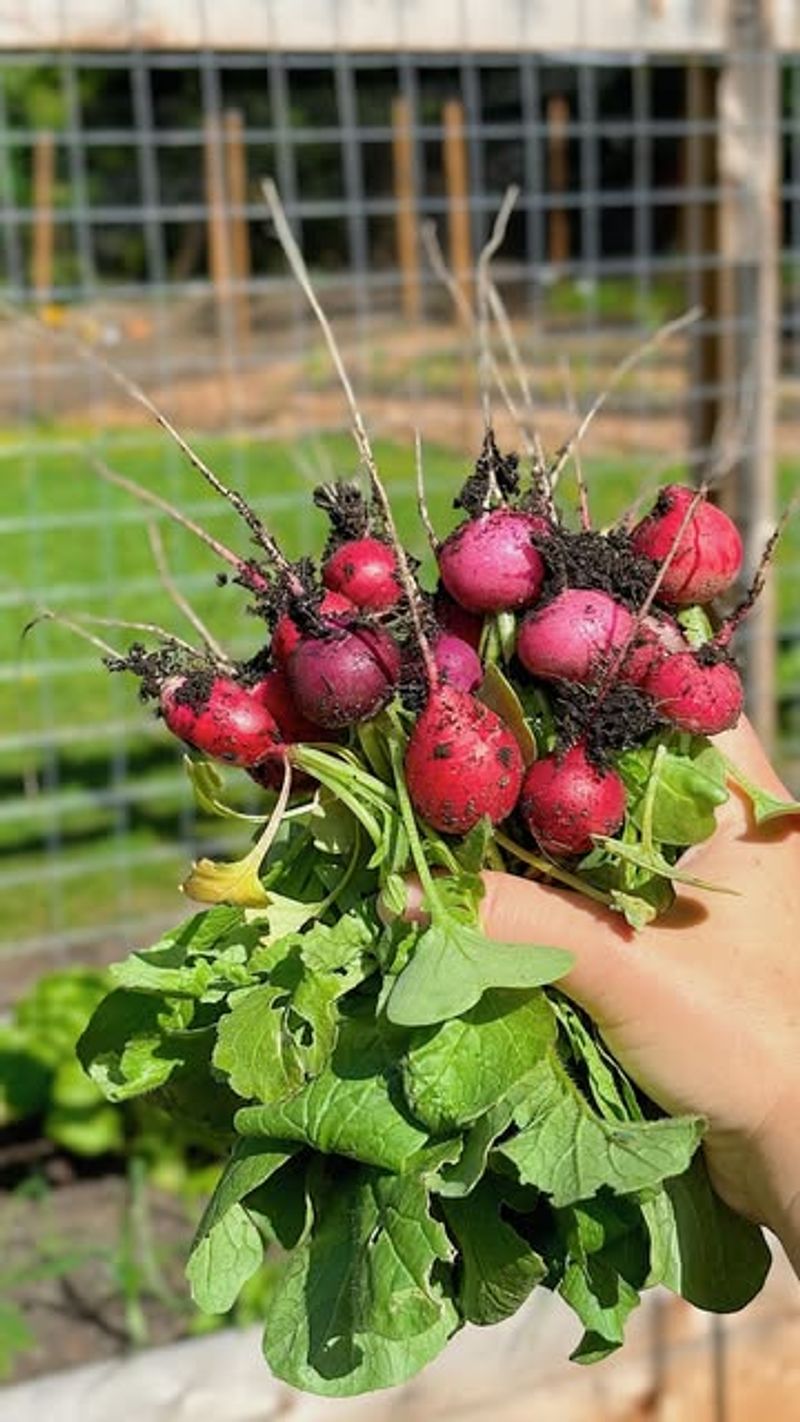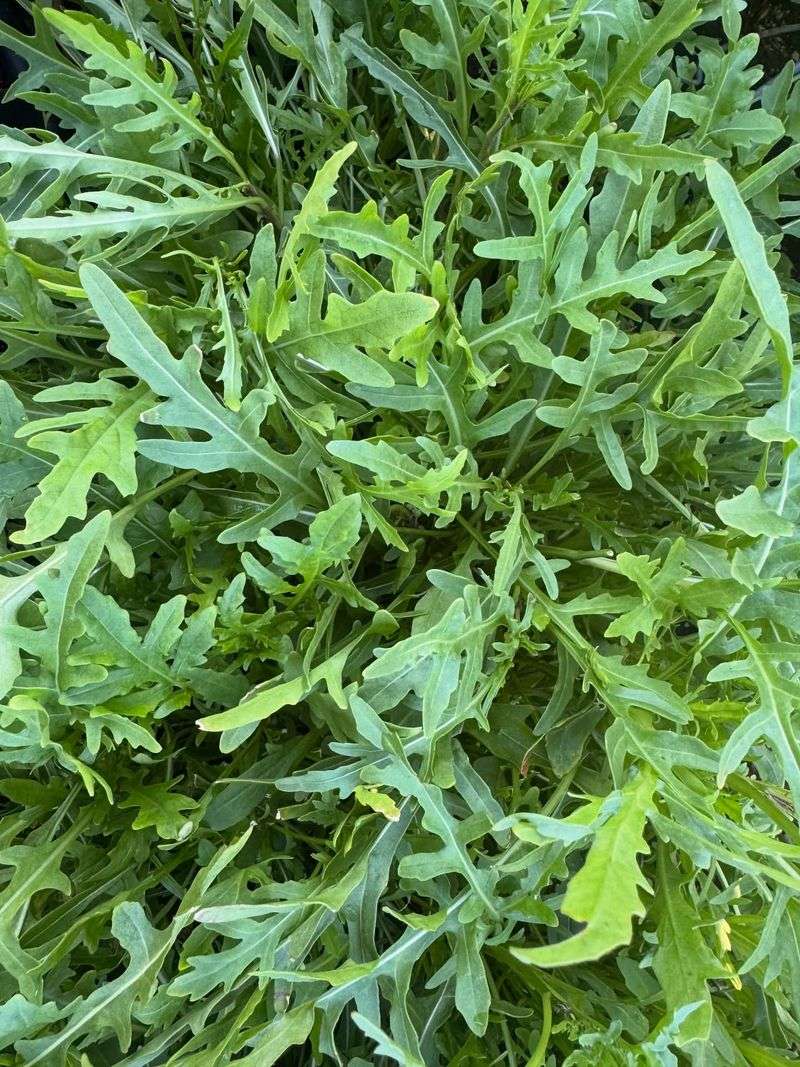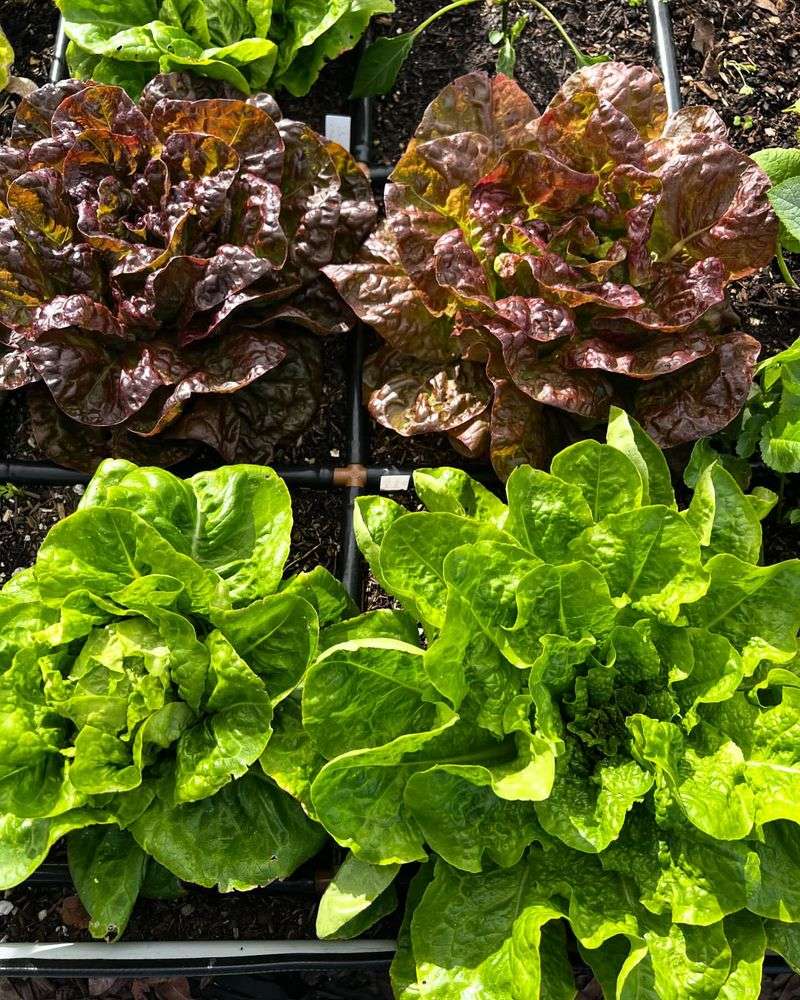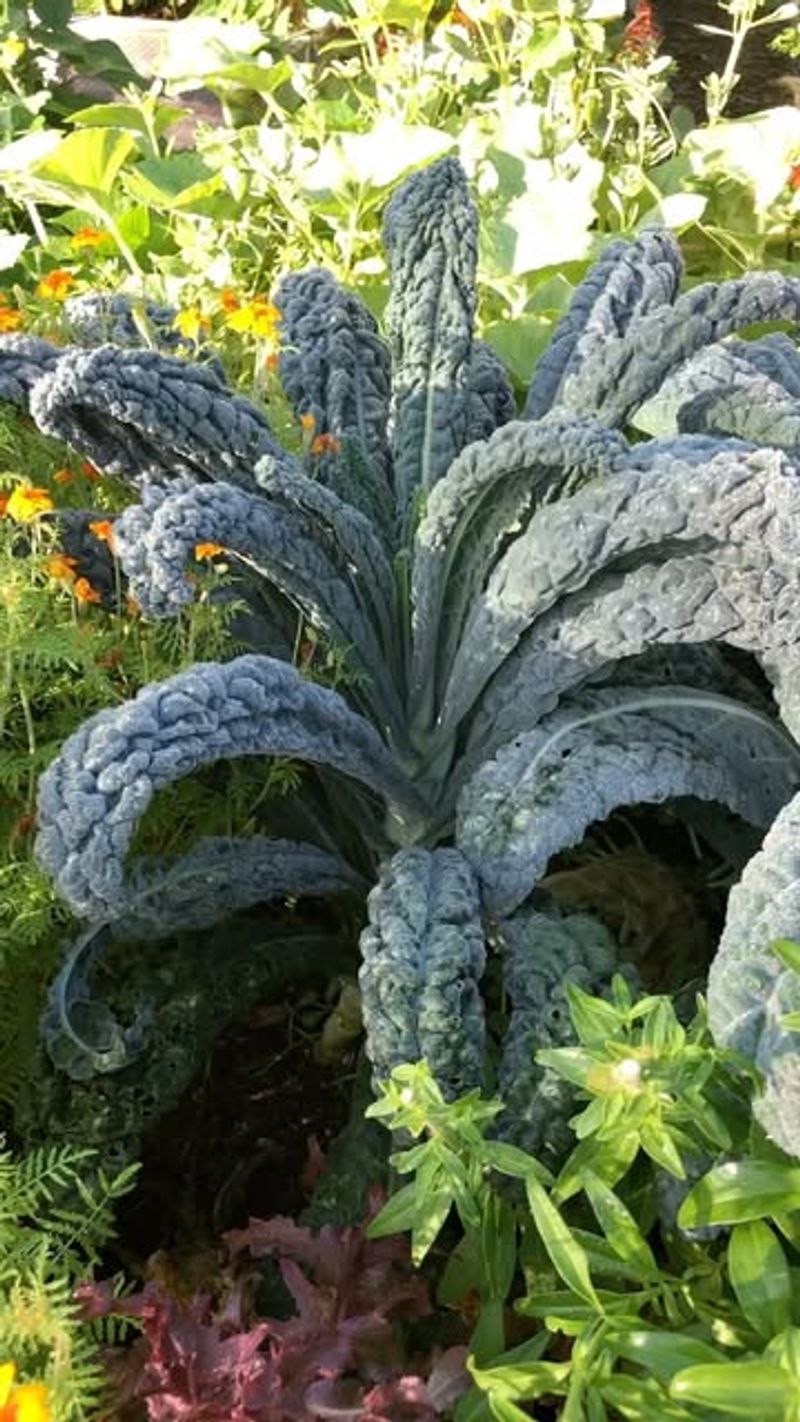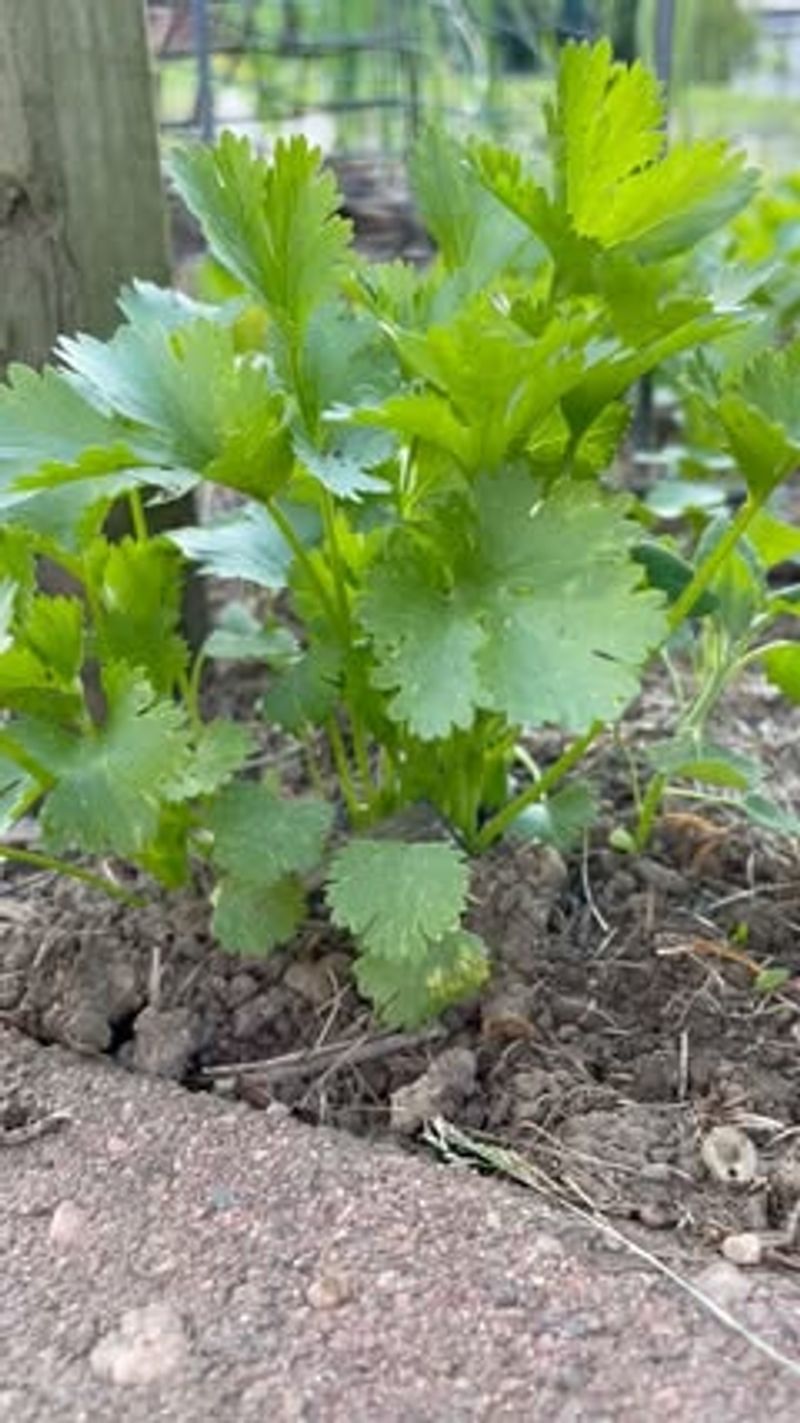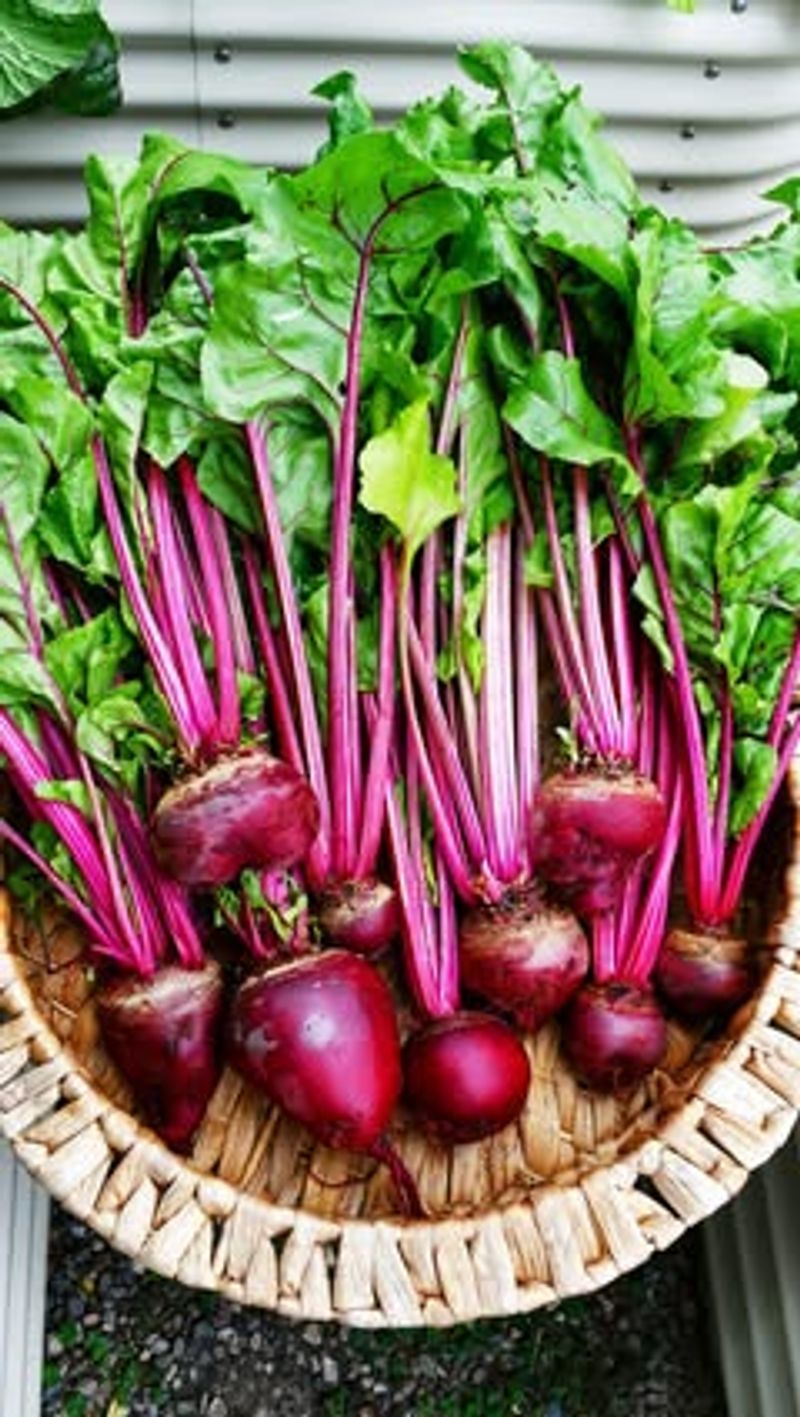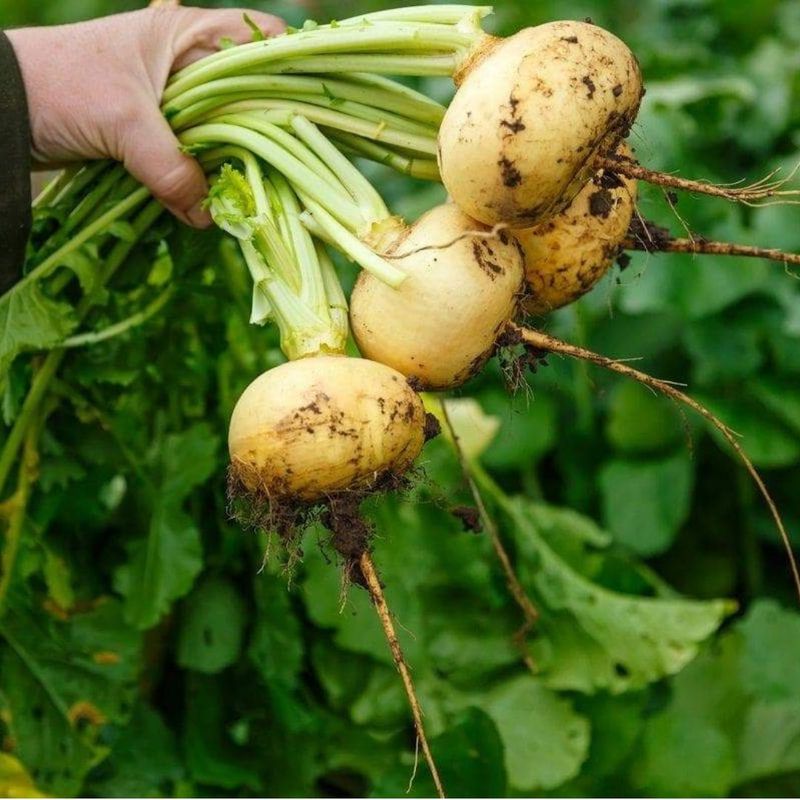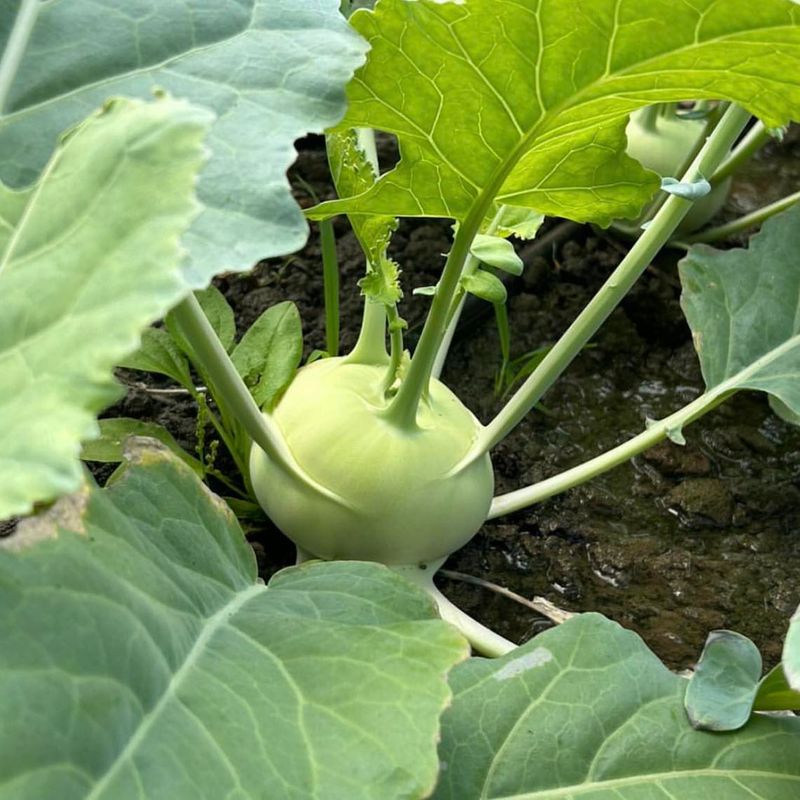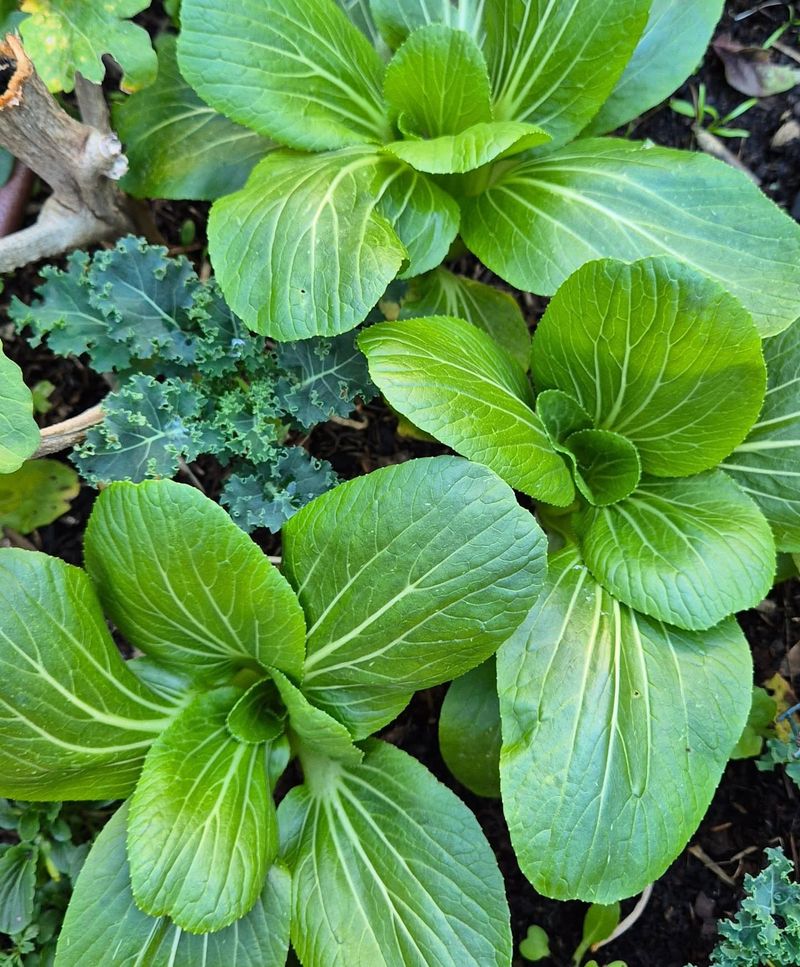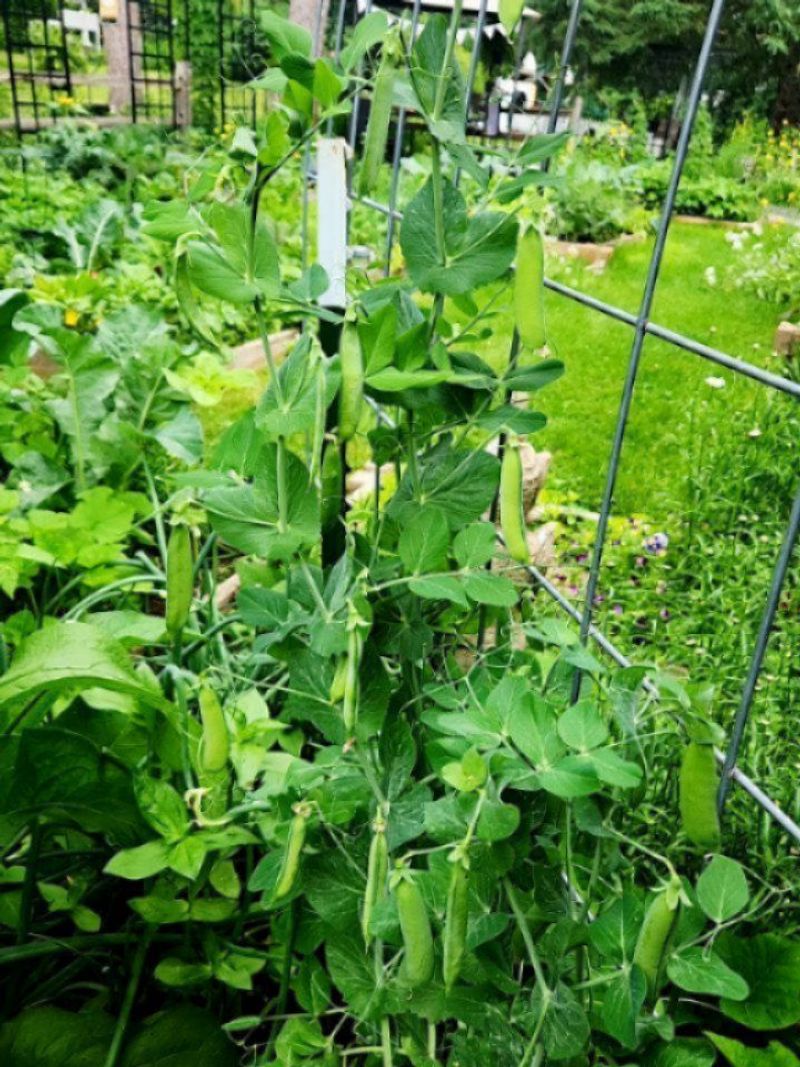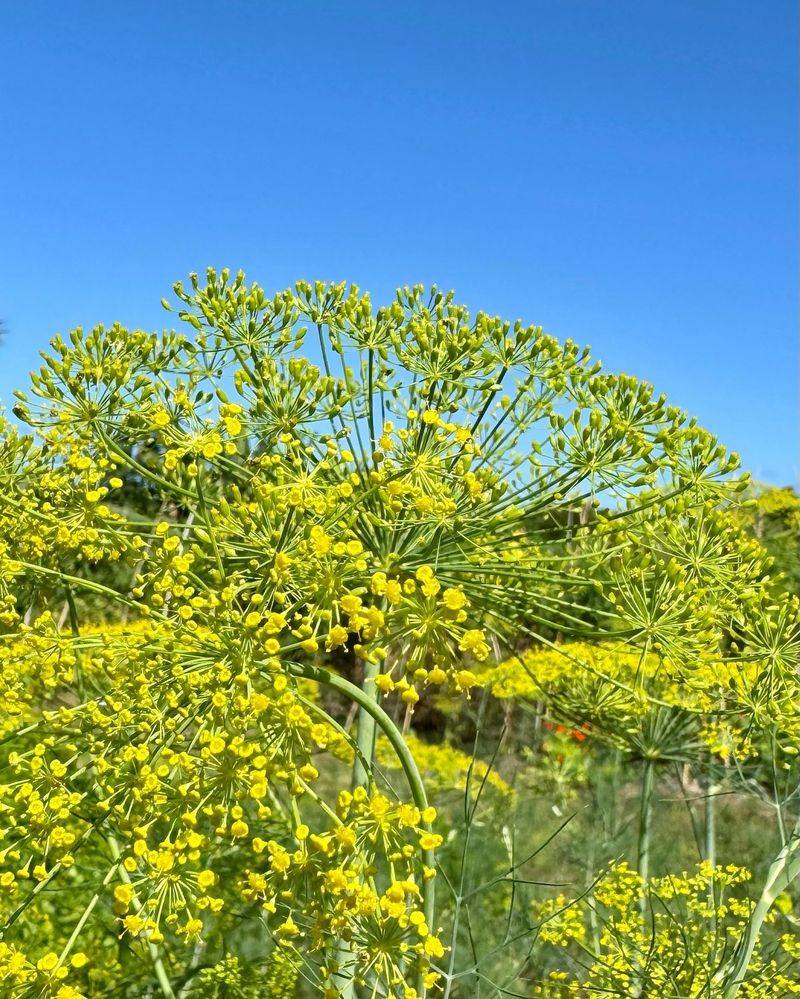Utah gardeners, Labor Day is just around the corner—and it’s the perfect deadline to plant these fast-growing crops!
Starting them now means you’ll enjoy a quick and tasty harvest before the season changes. These veggies and greens love the late summer sun and cooler nights, making them a great fit for your garden’s timeline.
Get your hands dirty soon and watch your garden race toward deliciousness!
1. Radishes
Ready to harvest in just 21 days, radishes thrive in Utah’s cooling late-summer soil. Their peppery crunch adds zip to salads and sandwiches.
Utah gardeners appreciate how radishes can be succession-planted every week until mid-September. The dry climate actually intensifies their flavor while reducing common pest problems found in more humid states.
2. Spinach
Perfect for Utah’s cooling temperatures, spinach germinates quickly and grows vigorously in fall conditions. The mountain state’s cooler nights actually improve spinach flavor, making it sweeter than summer-grown varieties.
Plant seeds directly in partially shaded areas to protect from lingering summer heat. Utah’s drier climate means less downy mildew problems than other states experience with fall spinach crops.
3. Arugula
Spicy and distinctive, arugula matures in just 30 days in Utah gardens. The state’s cool nights and warm days create perfect conditions for developing its signature peppery flavor without excessive bitterness.
Sow seeds directly and thin to 3 inches apart for best results. Unlike gardeners in humid states, Utah growers rarely struggle with fungal issues on arugula, making it an especially reliable fall crop.
4. Lettuce
Crisp and refreshing, lettuce varieties like Buttercrunch and Red Sails flourish in Utah’s mild fall weather. The state’s consistent sunshine promotes steady growth while cooler temperatures prevent bolting issues common in summer.
Utah gardeners can extend the season with floating row covers when frost threatens. Unlike lettuce grown in southern states, Utah’s fall-grown lettuce rarely suffers from heat stress or bitter flavors.
5. Kale
Cold-tolerant and nutrient-dense, kale actually improves in flavor after light frosts touch Utah gardens. The Beehive State’s cold nights trigger kale to convert starches to sugars, creating a sweeter taste than summer-grown kale.
Plant Lacinato or Red Russian varieties for fastest results. Utah gardeners from Logan to St. George find kale continues producing well into November when other crops have succumbed to cold.
6. Green Onions
Ready in just 30 days, green onions provide instant garden gratification for impatient Utah gardeners. Their shallow roots utilize the state’s limited rainfall efficiently while thriving in both containers and garden beds.
Plant seeds densely and harvest as needed throughout fall. Utah’s alkaline soil actually benefits green onions, which prefer higher pH levels than many vegetables—unlike gardeners in acidic-soil states.
7. Cilantro
Notoriously quick to bolt in summer heat, cilantro thrives in Utah’s cooling fall temperatures. The state’s dry climate concentrates essential oils, producing more flavorful leaves than in humid regions.
Sow seeds directly and expect harvests within 30 days. Utah gardeners appreciate how cilantro self-seeds readily, often returning year after year without replanting—a bonus not experienced in colder northern states.
8. Beets
Sweet and earthy, beets mature quickly when planted in late summer Utah gardens. The state’s mineral-rich soil contributes to exceptional beet flavor and vibrant color development compared to beets grown elsewhere.
Thin seedlings carefully to allow proper bulb formation. Utah’s cool nights and warm days create ideal conditions for sugar development in beets, making them sweeter than those grown in consistently warm southern states.
9. Swiss Chard
Vibrant and versatile, Swiss chard provides continuous harvests throughout Utah’s fall season. The state’s abundant sunshine intensifies the dramatic coloration in rainbow varieties, making them as ornamental as they are delicious.
Harvest outer leaves first to extend production. Utah gardeners find chard more heat and drought tolerant than spinach, making it perfect for the state’s variable late summer conditions unlike more water-dependent crops.
10. Carrots
Sweet and crunchy, fall-planted carrots develop exceptional flavor in Utah’s cooling soil. The state’s sandy loam soils in many areas allow for straight, well-formed roots without the forking common in clay soils elsewhere.
Choose shorter varieties like Paris Market for quickest results. Utah’s relatively pest-free fall growing season means fewer carrot rust fly problems than coastal state gardeners experience with late-season plantings.
11. Turnips
Ready in just 40 days, turnips provide both nutritious roots and tasty greens from one planting. Utah’s cold nights enhance their sweetness while the state’s dry climate reduces common fungal issues seen in more humid regions.
Harvest baby turnips for tender, mild flavor or let them mature fully. Utah gardeners from Cedar City to Ogden find turnips exceptionally easy to grow compared to more temperamental crops in the challenging mountain state climate.
12. Mustard Greens
Spicy and quick-growing, mustard greens add zest to meals within 30 days of planting. Utah’s cooler fall temperatures tame their characteristic heat while still maintaining vibrant flavor profiles unlike milder southern-grown greens.
Harvest outer leaves for continual production through fall. The Beehive State’s dry conditions mean fewer slug problems than mustard growers face in more humid Pacific Northwest states.
13. Kohlrabi
Crisp and versatile, kohlrabi’s alien-looking bulbs mature quickly in Utah’s fall garden. The state’s cool nights and warm days create perfect conditions for developing sweet, tender bulbs without woodiness or splitting.
Harvest when bulbs reach tennis ball size for best flavor. Utah gardeners find kohlrabi easier to grow than broccoli while providing similar nutritional benefits—an advantage over gardeners in hotter southern states where it struggles.
14. Bok Choy
Tender and mild, bok choy matures in just 45 days in Utah gardens. The state’s cool fall temperatures prevent bolting while encouraging tender leaf and stem development unlike summer plantings that quickly flower.
Space plants 6 inches apart for full-sized heads. Utah’s dry climate means fewer problems with bacterial soft rot that often plagues bok choy growers in more humid eastern states.
15. Snap Peas
Sweet and crunchy, fall-planted snap peas often outperform spring crops in Utah gardens. The state’s cooling temperatures encourage vigorous growth while discouraging powdery mildew common in warmer, more humid regions.
Plant dwarf varieties that mature quickly without extensive trellising. Utah gardeners find fall peas have fewer aphid problems than spring plantings—a significant advantage over gardeners in southern states where insects remain active longer.
16. Dill
Aromatic and fast-growing, dill reaches harvestable size in just 40 days in Utah gardens. The state’s intense sunshine concentrates essential oils, creating more flavorful herbs than those grown in cloudier regions.
Plant in protected areas to prevent wind damage to tall stalks. Utah’s dry climate reduces fungal disease pressure that often affects dill in more humid eastern states, making it an especially reliable fall herb.

